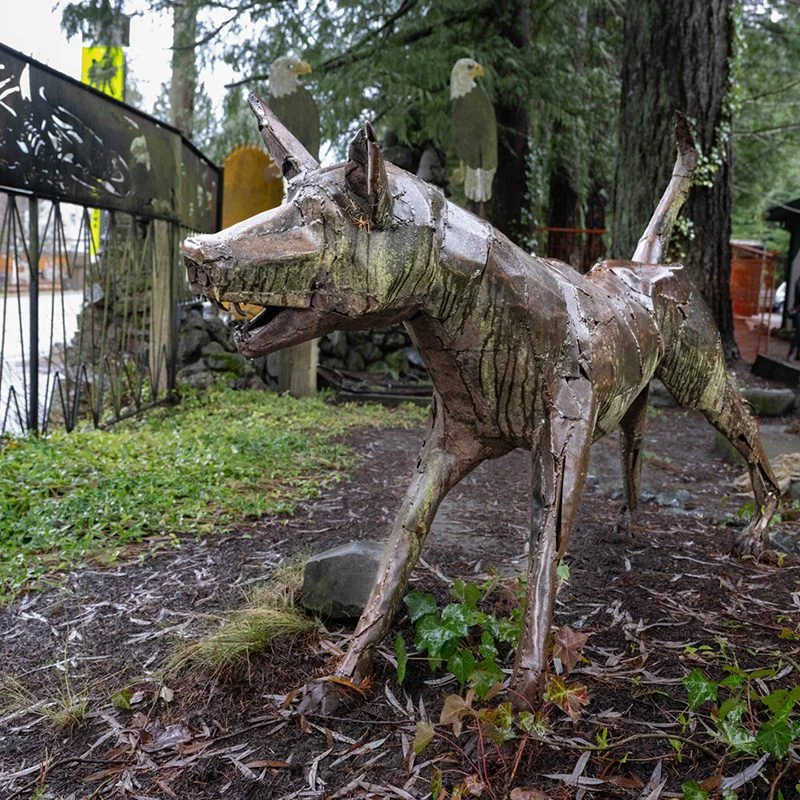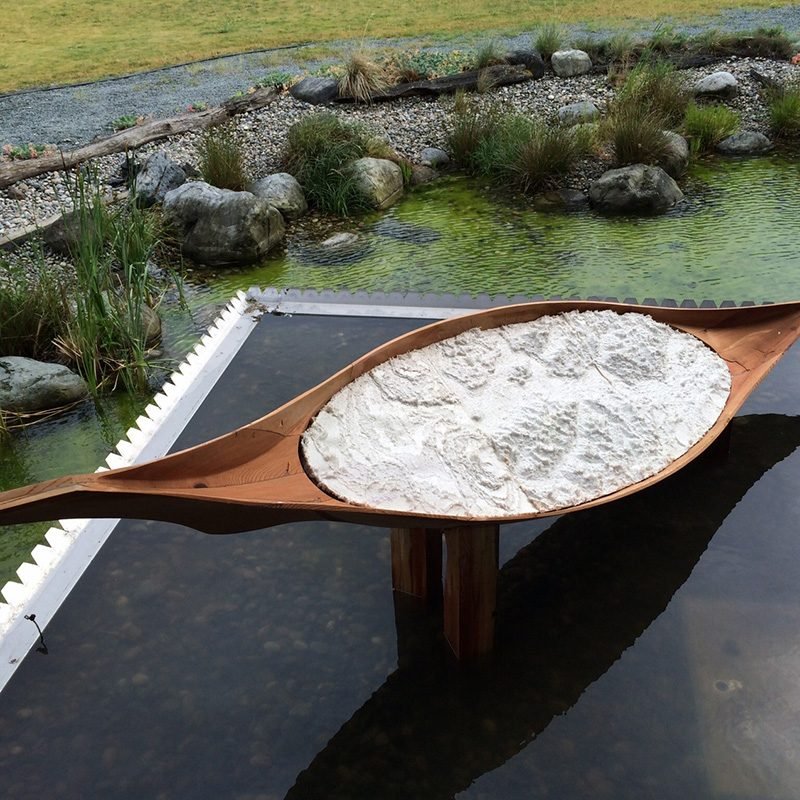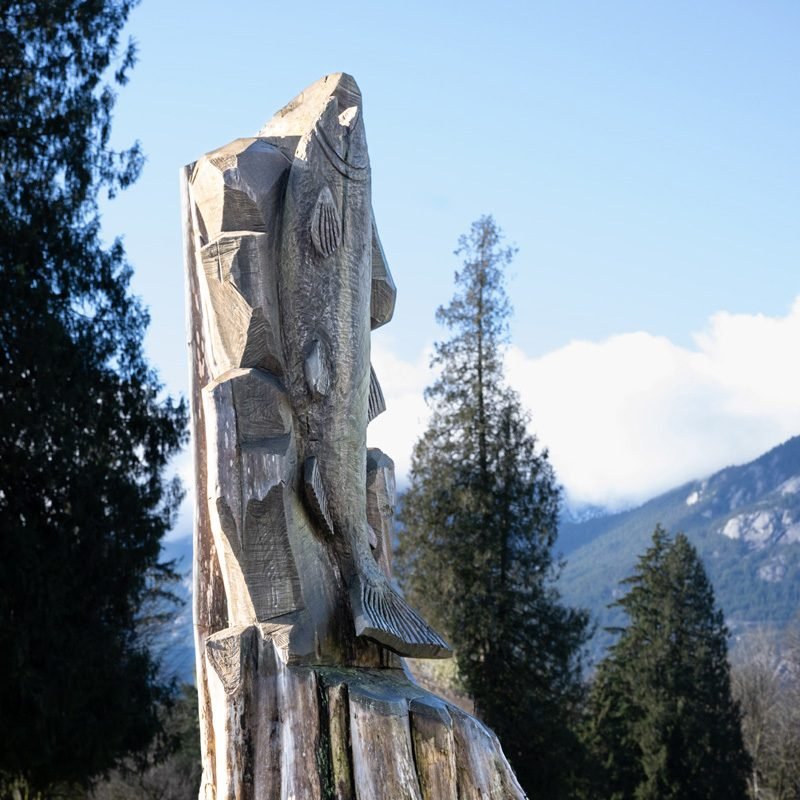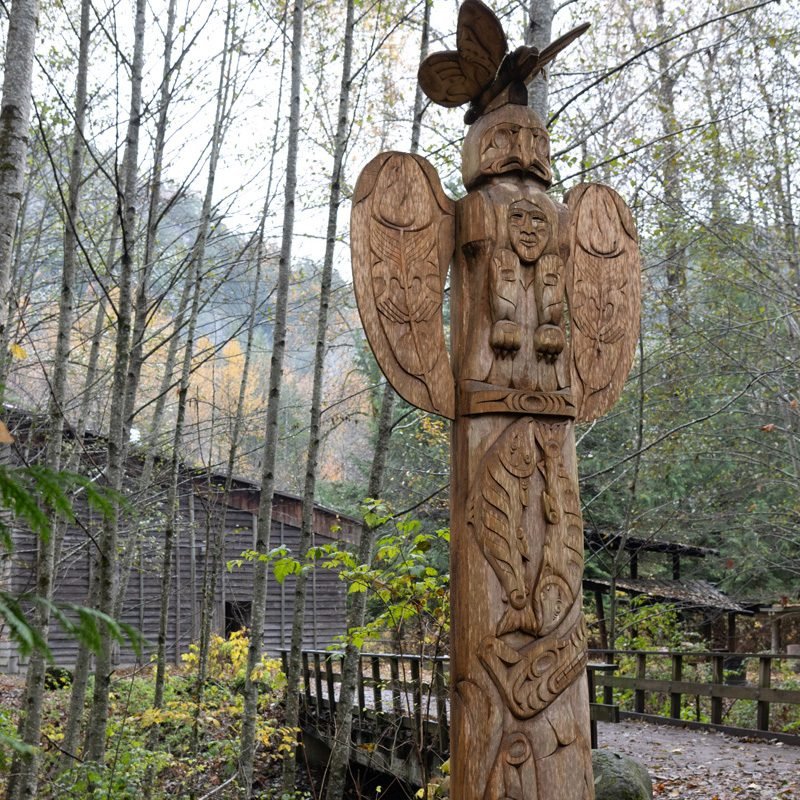Kasalus, also known as Richard Baker, was born into a family of artists. He started carving and drawing in 1974, learning the basics of technique and formline design from his family. He was a featured carver at the 1986 World Exposition, which opened many doors for him. In 1996, Richard opened a studio for the public on Capilano Reserve in North Vancouver. He divides his time between creating hand-engraved jewellery and carving wood.



